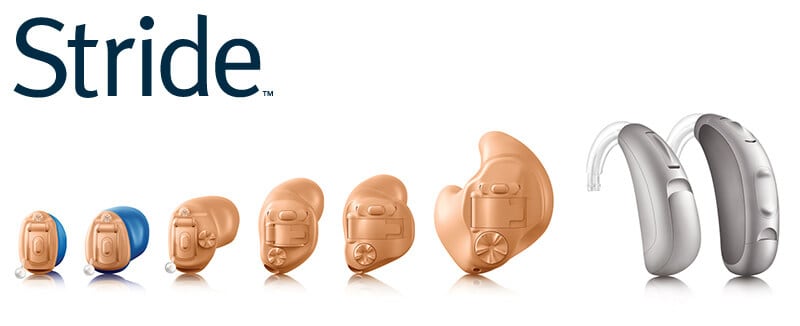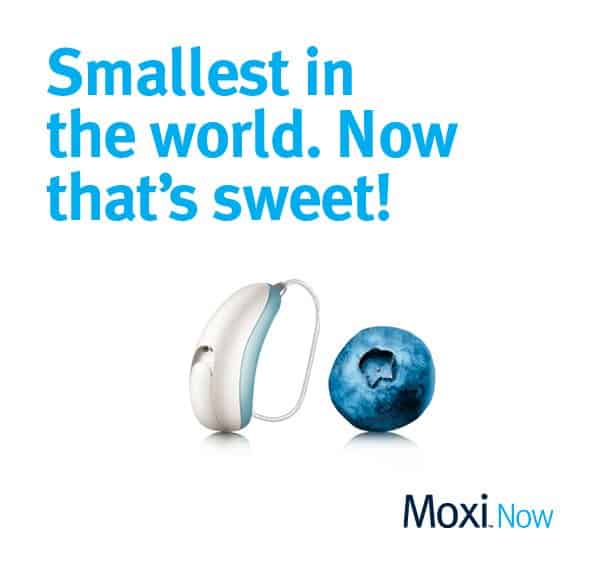Unitron Hearing Aids

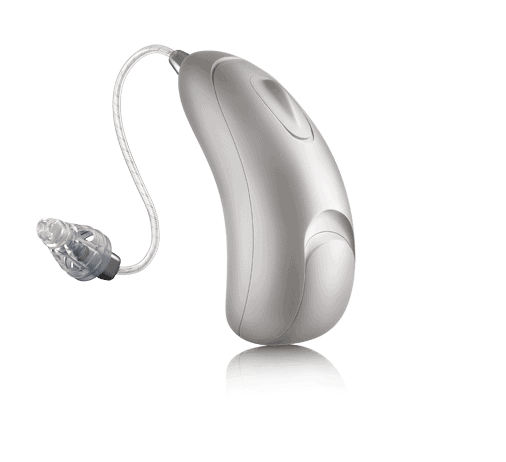
Paradise
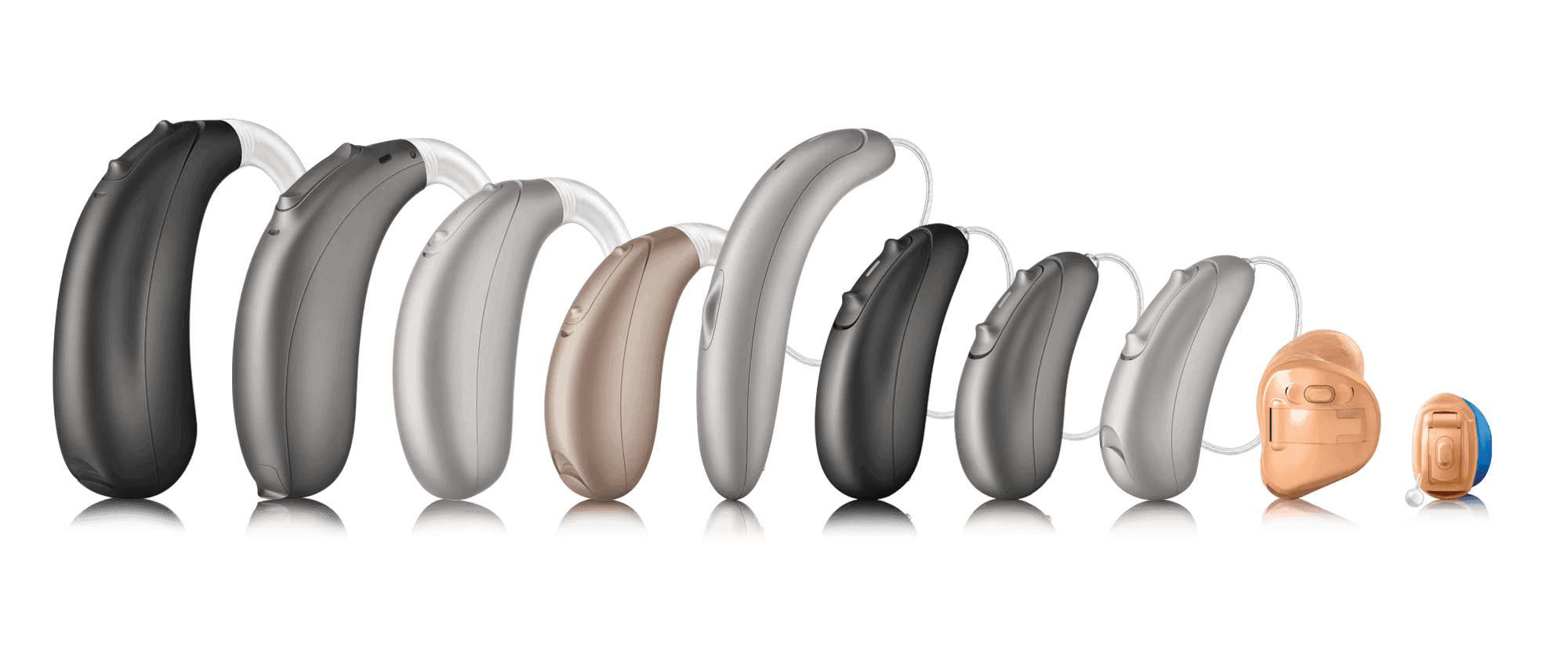
Exceptional Auditory Solutions
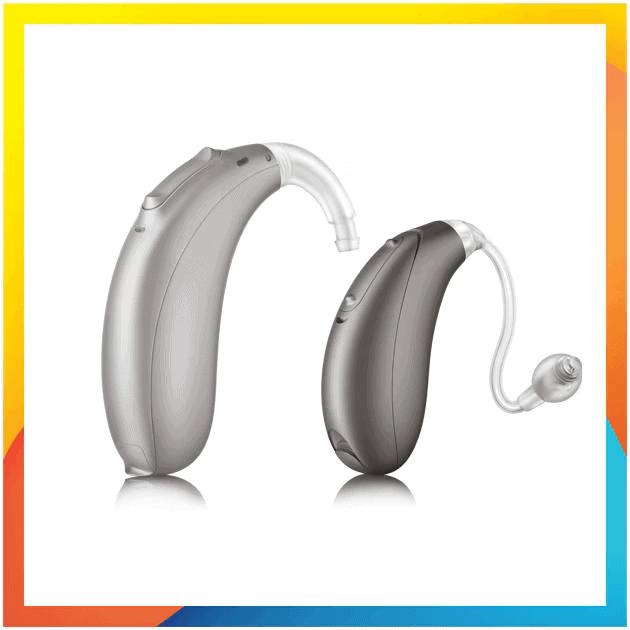
A Personalized Sound Experience
Discover: A hearing care experience like no other
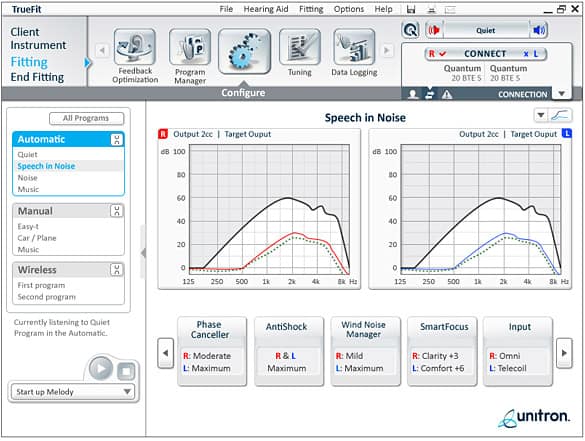
TrueFit Software and Flex
With the understanding that hearing is a very personal experience, Unitron’s TrueFit software gives wearers control over what and how they hear. TrueFit Software is an interactive system that allows wearers to work with their audiologists toward the best hearing solution. TrueFit Software provides a log of data based on the wearer’s listening experience, which enables hearing professionals to make better adjustments and fine-tuning to your hearing aid to improve the listening experience.
Unitron’s Flex program allows wearers to wear Unitron hearing aids on a trial basis, so that wearers may experience the difference in listening with Unitron – and also for Unitron to archive the preferences and listening experience of the patient throughout the day.
Unitron Rechargeables

Hearing Aid Styles and Features
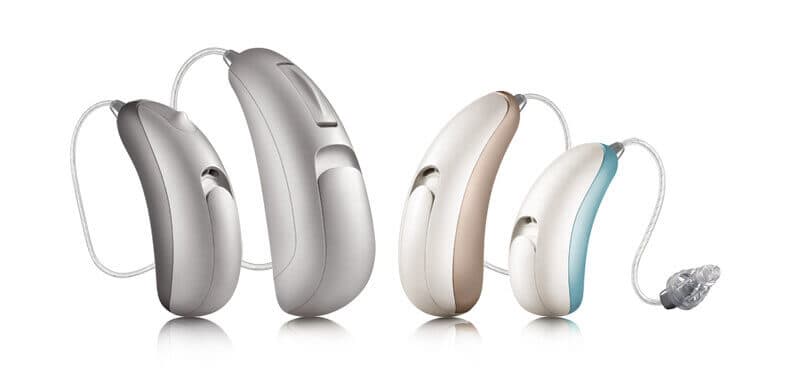
Moxi
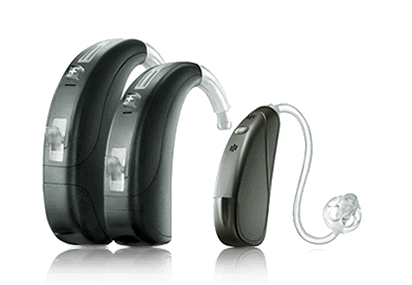
Max

Insera
